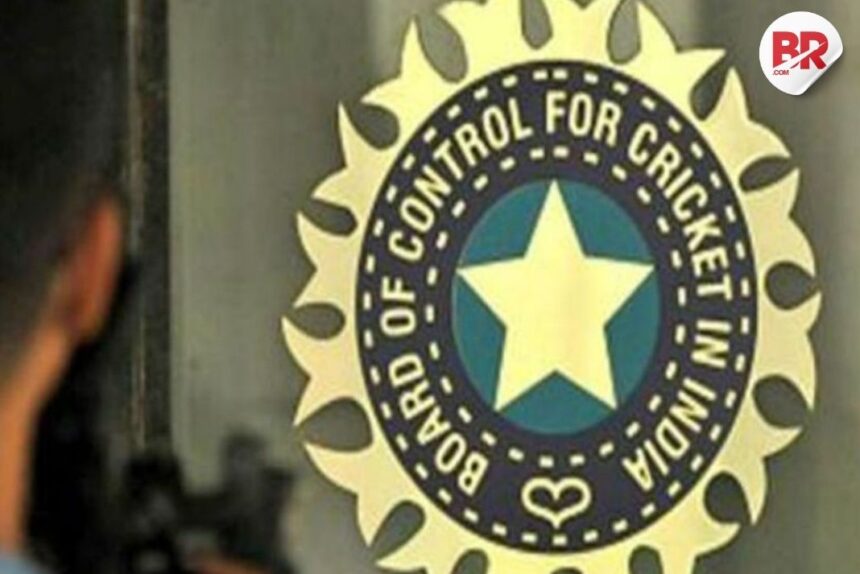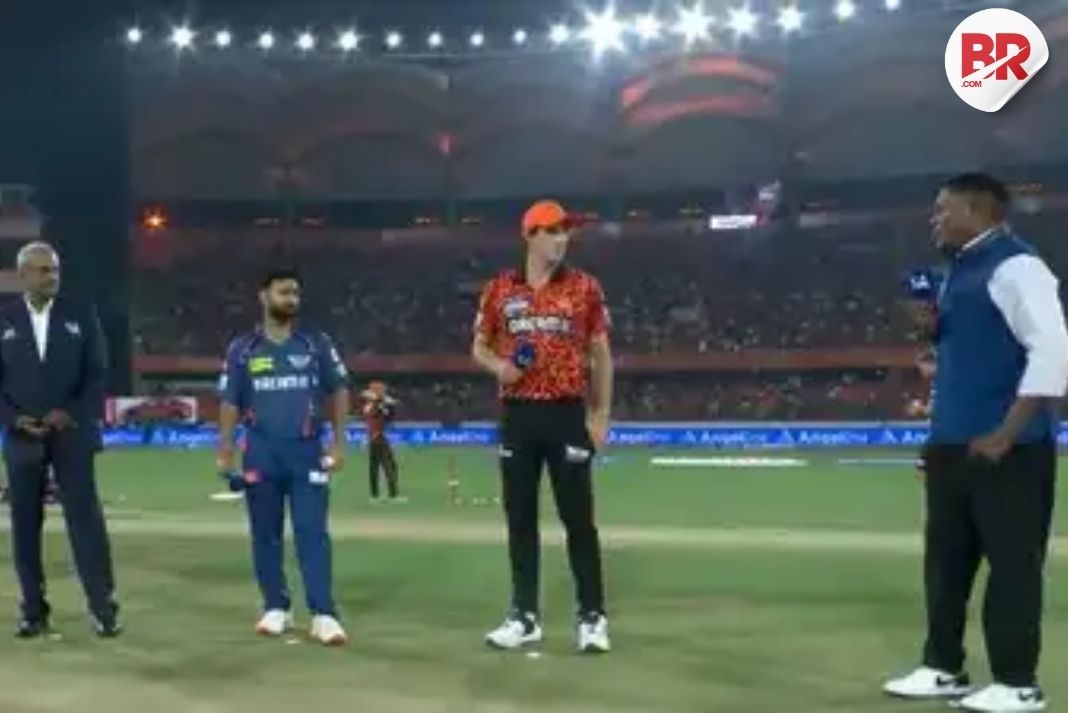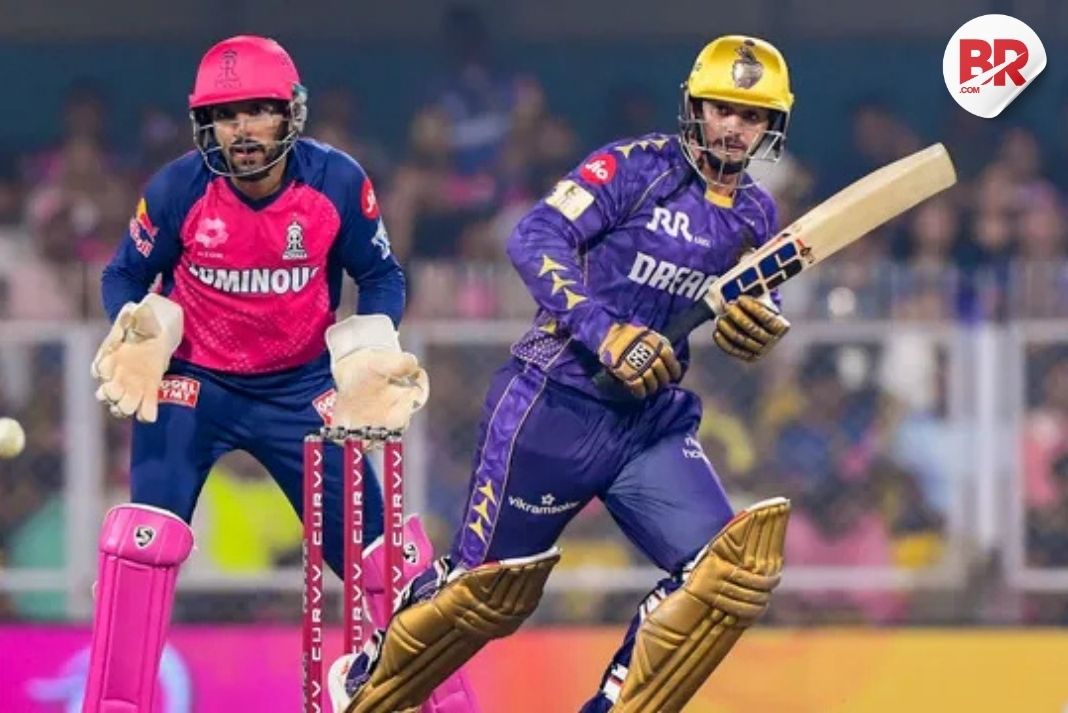
The BCCI (Board of Control for Cricket in India) has introduced a new rule to ensure fair selection in junior cricket by preventing over-age players from participating and protecting genuine young talents from being unfairly disqualified.
Read more: Shubman Gill Talks About Coaching Styles of Gautam Gambhir and Ashish Nehra

Until now, the BCCI used a bone test method (TW3) to determine a player’s age and then added one year (+1) to that result to check eligibility for the next season. However, this “+1” factor sometimes caused players to miss out by a very small margin, even if they were otherwise eligible. To solve this issue, the BCCI will now allow boys in the Under-16 category to take a second bone test in the following season if the “+1” calculation made them ineligible earlier.
The bone age limit for U-16 boys is 16.4 years, and for U-15 girls, it is 14.9 years. For example, if a boy’s bone age is 15.4 this season, adding one year brings it to 16.4, which means he can play next season. But if the bone age is 15.5, the added year makes it 16.5, crossing the limit and making him ineligible. Similarly, a U-15 girl with a bone age of 13.9 this year can play next year, but if her age is 14 or more, she cannot.
The BCCI clarified that this update is aimed at ensuring players are judged by accurate scientific testing, not just simple arithmetic, so that no deserving player loses a year unfairly.












